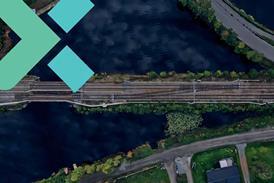Close menu
- Home
-
News
- Back to parent navigation item
- News
- Traction and rolling stock
- Passenger
- High speed
- Freight
- Infrastructure
- Policy
- Technology
- Ticketing
- Business
- Research, training and skills
- Accessibility and inclusion
- People
- Urban rail news
- Suburban and commuter rail
- Metro
- Light rail and tram
- Monorail and peoplemover
- Regions
- InnoTrans
- In depth
- Events
- Data
- Maps
- Tenders & Jobs
- Sponsored content
- Insights
Cross-border complexity puts brakes on Nightjet expansion
2024-09-12T11:42:00

EUROPE: Further expansion of Austrian Federal Railways’ Nightjet overnight train network beyond the routes already announced is on hold amid ongoing operational and approvals challenges, according to ÖBB.
Already have an account? LOG IN
To continue…
You’ve reached your limit of content for the month














